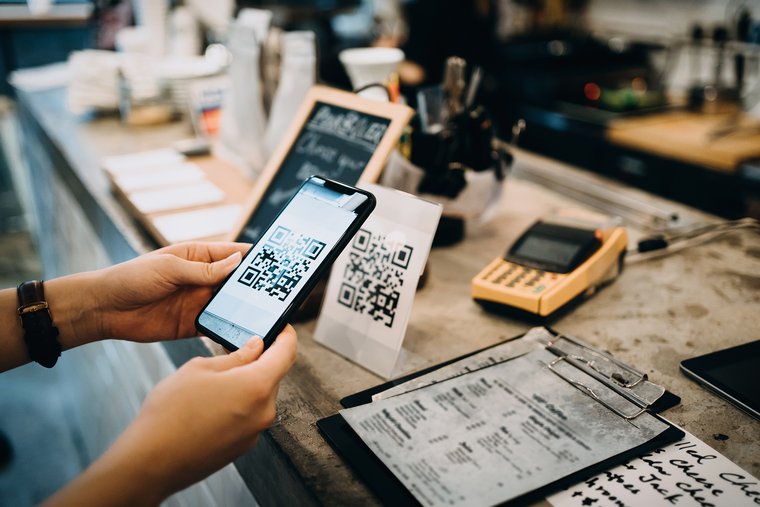The pandemic has had a considerable impact on the way people relate to banking services. While digitalization of the banking sector has been on the increase for several years, stay-at-home mandates and restrictions encouraged people to turn to online and mobile banking en masse.1
However, the increasing popularity of online banking should not lure financial service institutions into the trap of providing only a digital presence at the expense of in-person touchpoints. While digital offers speed and convenience, and facilitates ubiquitous access, people still value a certain degree of in-person contact, e.g. the ability to reach out to local branches and experience the kind of human touch that provides a feeling of safety/trust and the sense that their personal needs are being taken into account. According to recent research, banks with the ability to understand and respond appropriately to a customer’s emotional state financially outperform those that don’t.2
Both traditional banks and neobanks can respond to their customers’ requirements by creating customer-centric journeys that astutely combine physical and digital experiences, depending on customers’ needs and the ability to modulate the level of phygitality they desire. Here, we take a look at how that can work for three different types of banking client.




